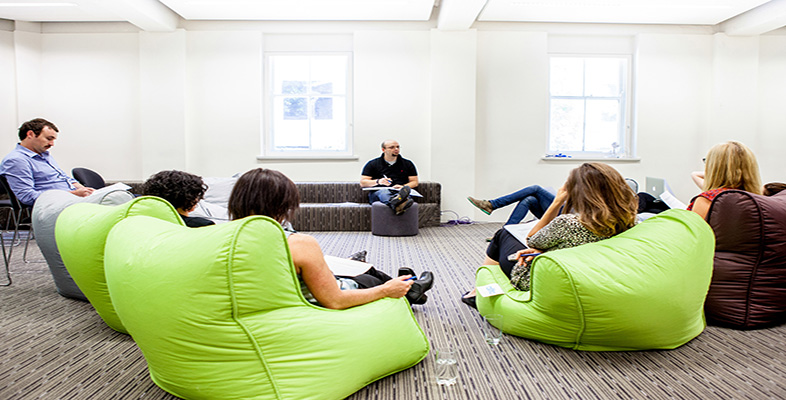3.2 Adapting your style to the needs of the group
As mentioned, the facilitator’s style should be related to the stage of maturity of the group. The more mature the group, the less direction it will need from the facilitator.
In every group there are three dimensions that the facilitator needs to be aware of:
- Content – the content of the meeting or task in hand. This includes the content of what is said; opinions and views as well as what the group is working on.
- Method – how the group is organising itself to achieve the task: the techniques used to give structure to events, e.g. group discussion, work in pairs, brainstorming and so on.
- Process – what’s happening while the group is working together: the unspoken and often unnoticed aspects of group behaviour such as overall climate and atmosphere, hidden agendas, inclusion and exclusion, often indicated by non-verbal behaviour.
Imagine that content, method and process are a boat:
- Content is the crew taking control of the task in hand.
- Methods are the sails that allow the ship to move towards its destination.
- Process is the hold of the ship: most of it is beneath the waterline but unless the loading is even, the ship will founder.
Understanding group processes is probably one of the hardest and most skilled tasks of the facilitator.
